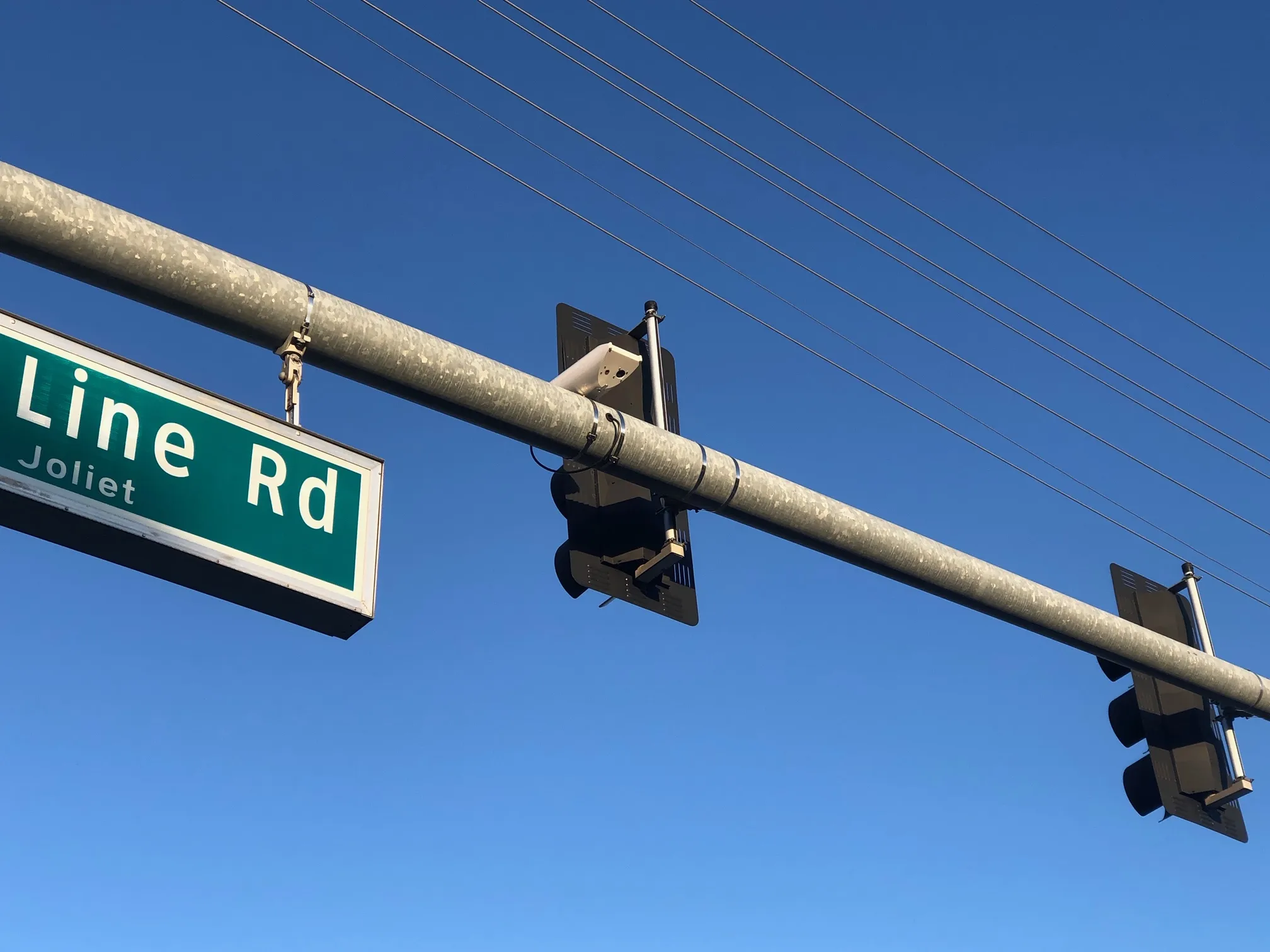AMG Systems has launched Mini media converters which it says are designed to protect transport cameras from extreme temperatures.
The Mini media converters can be installed in confined spaces provide by camera poles and street cabinets and can operate in temperatures between -40 to 70 degrees Centigrade, the company adds.
According to AMG, the converters provide a 100Mbps or Gigabit Ethernet uplink across fibre via the SFP port, providing a cost-effective means of converting IP signals for transport over long distances across all types of fibre cabling.
Ian Creary, AMG’s sales and technical support manager says: “It’s about reliability and consistent performance, whether that’s in remote, challenging environments like the Middle East or India, or even in the UK at the height of summer – a camera pole or a street cabinet box will heat up quite significantly, even in our meagre summers.”
AMG’s media converters are DIN rail-mountable, allowing users to easily install and remove them for maintenance purposes.
Additionally, the converters offer an optional line fault forwarding feature, which allows a pair of media converters to share their link status.
“Any associated subsequent copper or fibre link failure will result in both linked media converters disabling their copper links,” Creary continues. “Ensuring that attached networking devices recognise the link fail status and thus do not forward data into what would otherwise be a data cul-de-sac. The result is an extra layer of safety for additional network peace of mind.”
AMG introduces Mini media converters for transport applications
AMG Systems has launched Mini media converters which it says are designed to protect transport cameras from extreme temperatures.
The Mini media converters can be installed in confined spaces provide by camera poles and street cabinets and can operate in temperatures between -40 to 70 degrees Centigrade, the company adds.
According to AMG, the converters provide a 100Mbps or Gigabit Ethernet uplink across fibre via the SFP port, providing a cost-effective means of converting IP signals for transport
April 18, 2019
Read time: 2 mins









